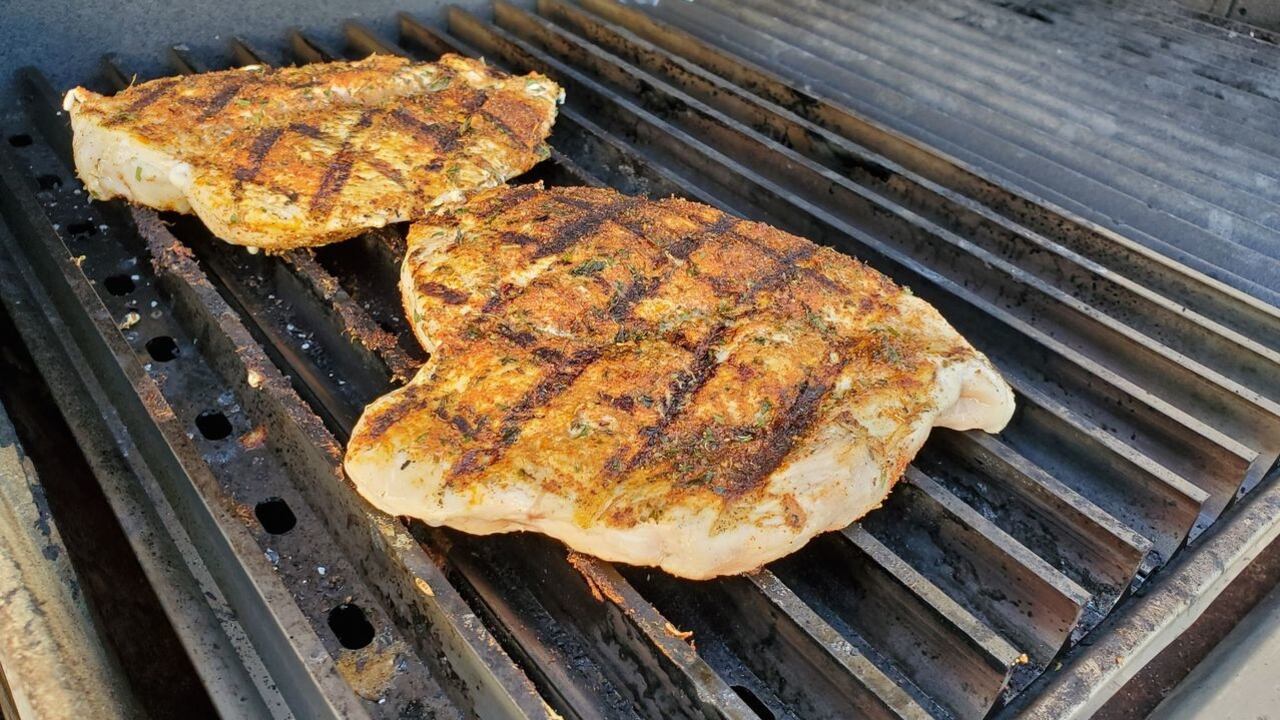Scouted
GrillGrates Are the Best Thing to Happen to My Summer Dinners
FIRE IT UP
Now that I've tried GrillGrates, I’m never using anything ever again.

Trending Now
Crime & JusticeUnshaven Luigi Mangione Shows Signs of Stress in Court
Crime & JusticeLuigi Mangione Judge Married to Former Healthcare Exec





